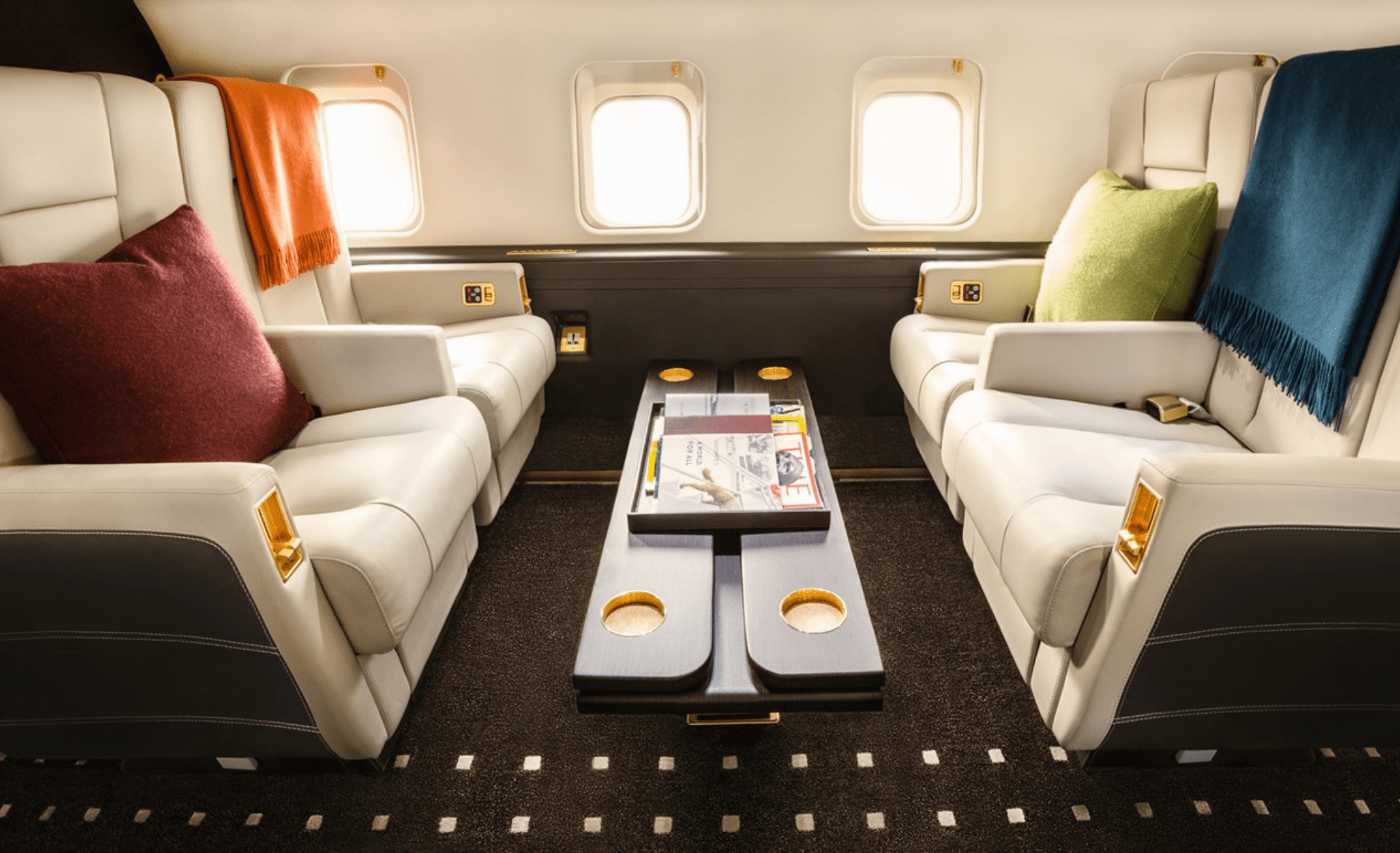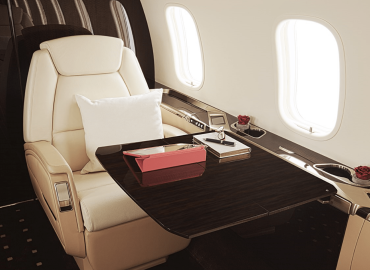Flying with pets requires careful planning and preparation to ensure the comfort and safety of your furry friend. Here’s a step-by-step guide to help you navigate the process:
-
Check airline policies: Start by researching the airline’s pet policies, as each airline may have different regulations regarding pet travel. Review their requirements, restrictions, and any applicable fees or documentation needed.
-
Consult your veterinarian: Schedule a visit to your veterinarian to ensure your pet is healthy and fit for travel. This is also an opportunity to discuss any specific concerns or considerations related to your pet’s well-being during the journey.
-
Choose the right travel crate: Invest in a sturdy and airline-approved pet carrier or crate that provides adequate space, ventilation, and security. Ensure the crate is large enough for your pet to stand, turn around, and lie down comfortably.
-
Familiarize your pet with the crate: Allow your pet to become accustomed to the crate by gradually introducing it as a safe and positive space. Encourage them to spend time inside, gradually increasing the duration, and offer treats or toys to create a positive association.
-
Obtain necessary documentation: Research the required documentation for pet travel, such as health certificates, vaccination records, and any specific permits or paperwork required by your destination or transit countries. Ensure these documents are up to date and readily available.
-
Book your flight in advance: Once you have all the necessary information, book your flight well in advance and inform the airline that you will be traveling with a pet. Some airlines have limited space for pets, so securing your pet’s spot early is important.
-
Prepare for the journey: On the day of travel, feed your pet a light meal a few hours before departure to avoid potential discomfort. Ensure they have access to water and take them for a walk or provide exercise before the journey to help them relax.
-
Pack essentials: Pack your pet’s essentials, including food, treats, toys, leash, collar with identification tags, waste bags, and any necessary medications. Familiar items, such as their blanket or a favorite toy, can provide comfort during the journey.
-
Arrive early at the airport: Arrive at the airport well in advance to allow sufficient time for check-in procedures and security screenings. Follow the airline’s instructions regarding the check-in process for pets.
-
Follow security procedures: During security checks, you may need to remove your pet from the carrier and carry them through the metal detector while the carrier goes through the X-ray machine. Follow the instructions provided by security personnel.
-
In-flight considerations: Once onboard, follow the airline’s guidelines for stowing the pet carrier, which may vary depending on the aircraft. Some airlines allow small pets to be placed under the seat in front of you, while larger pets may need to be placed in the cargo hold.
-
Monitor your pet: Keep an eye on your pet during the flight, ensuring they are comfortable, calm, and not showing signs of distress. If your pet is traveling in the cargo hold, inform the flight attendants, so they can provide you with updates if available.
After arriving at your destination, promptly retrieve your pet and ensure they are in good health. Provide them with water, bathroom breaks, and some time to adjust to their new surroundings.
Remember, it’s crucial to check specific airline policies and requirements before traveling with your pet, as they can vary. Additionally, different countries may have their own regulations and documentation requirements for pet entry, so research your destination’s rules in advance.


